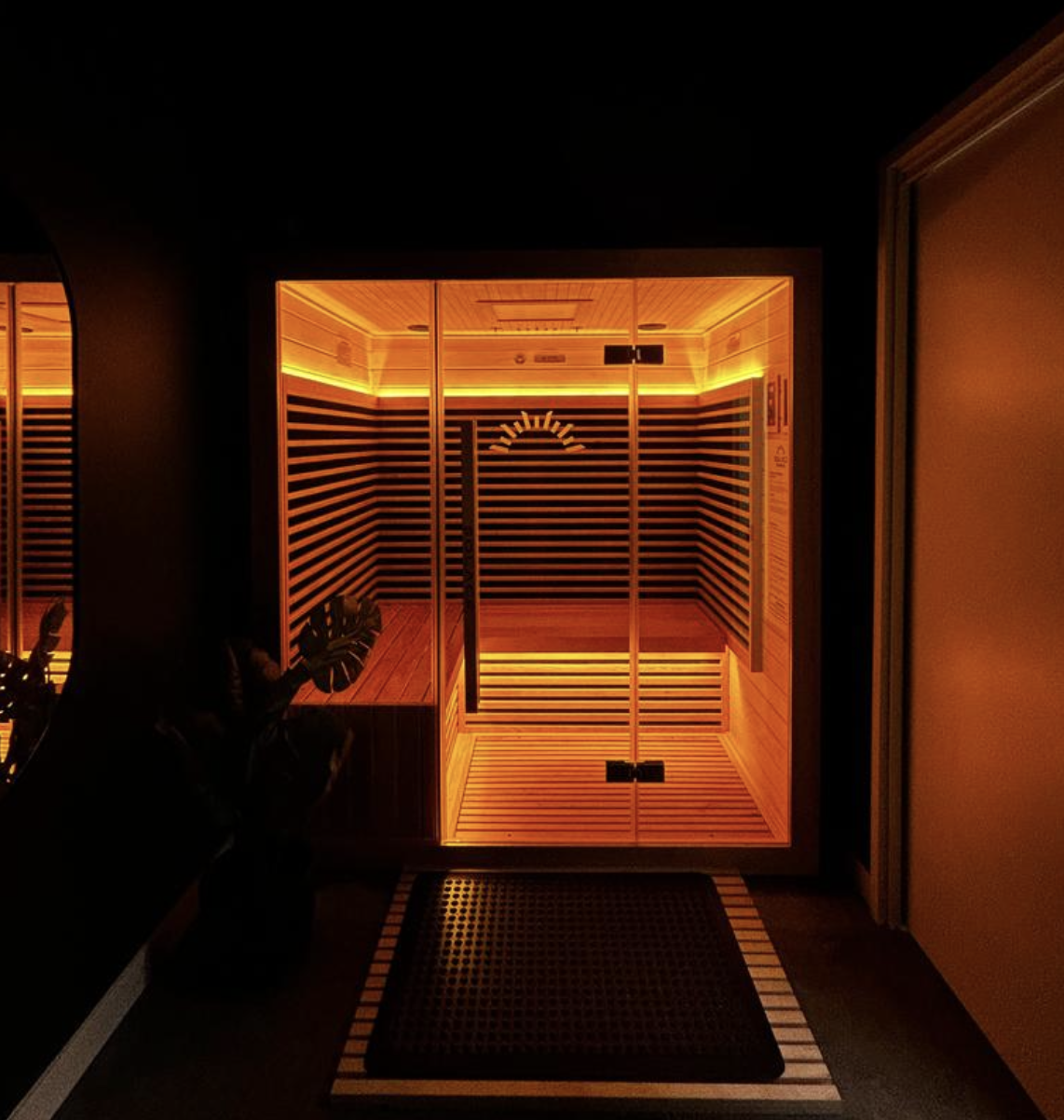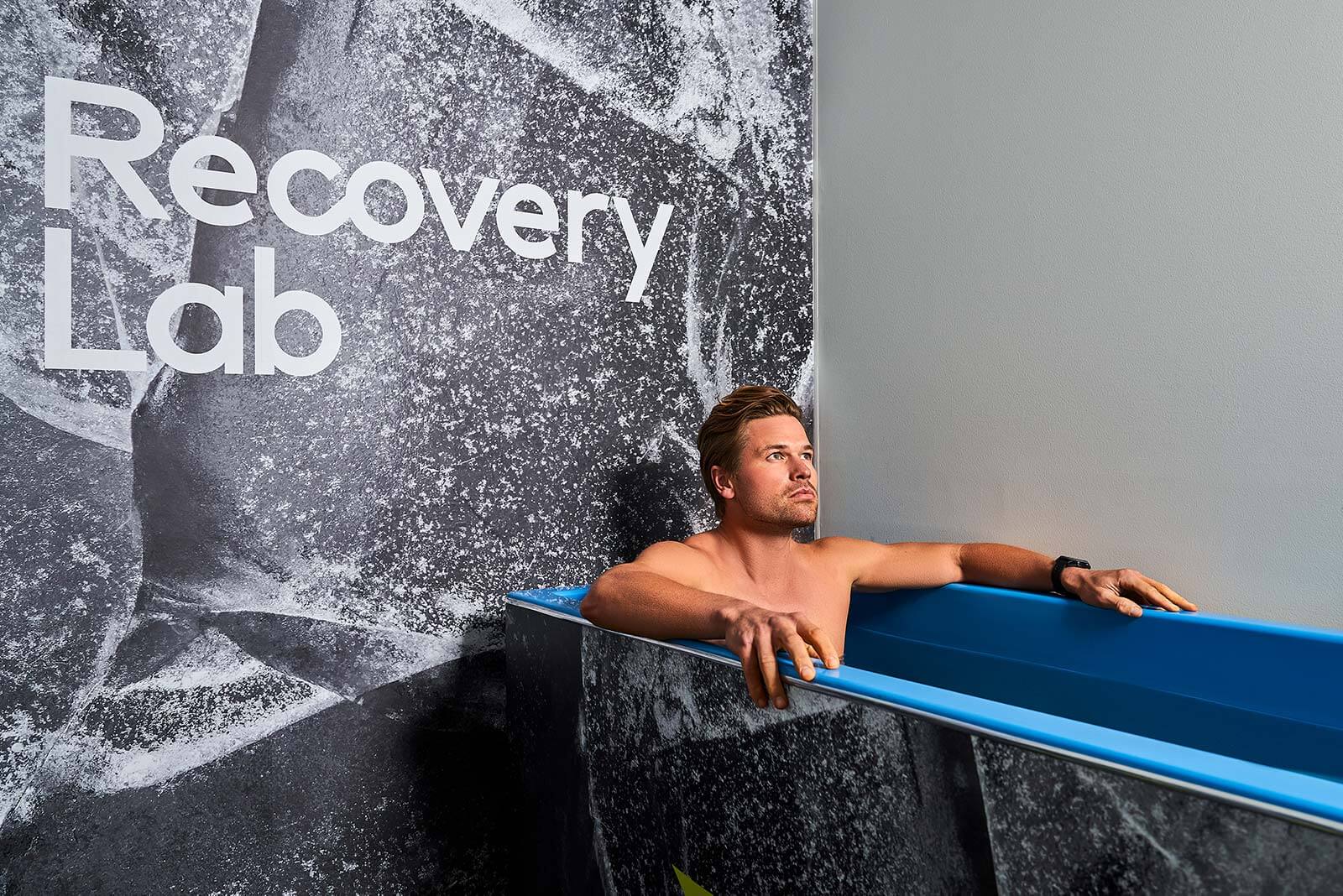In recent years, cold water therapy has gained significant popularity for its numerous health benefits. This practice, which involves immersing oneself in cold water, has been shown to enhance mood and reduce stress. In this blog post, we will delve into the science behind cold water therapy, discuss the optimal exposure time and temperature, and explore how you can incorporate this practice into your weekly routine.
The Science Behind Cold Water Therapy
Cold water therapy, also known as cold immersion or cold hydrotherapy, involves exposing the body to cold water temperatures, typically around 10 degrees Celsius (50 degrees Fahrenheit). This practice triggers a series of physiological responses that can have profound effects on both the mind and body.
Enhanced Mood
One of the most notable benefits of cold water therapy is its ability to enhance mood. When you immerse yourself in cold water, your body releases a surge of endorphins, which are often referred to as “feel-good” hormones. These endorphins help alleviate pain and promote a sense of well-being. Additionally, cold exposure stimulates the production of norepinephrine, a neurotransmitter that plays a key role in regulating mood and focus.
A study published in the journal Medical Hypotheses suggests that cold showers can act as a treatment for depression. The cold water triggers the sympathetic nervous system and increases the release of noradrenaline and beta-endorphins, leading to improved mood and reduced depressive symptoms .
REduced Stress
Cold water therapy is also effective in reducing stress. When you immerse yourself in cold water, your body undergoes a process called cold-induced thermogenesis. This process activates the sympathetic nervous system and increases the production of cortisol, a hormone that helps the body manage stress. However, with regular exposure, the body becomes more efficient at managing cortisol levels, leading to an overall reduction in stress.
A study conducted by the Department of Physical Education at the University of Valencia found that regular cold water immersion can reduce the levels of stress markers in the body. The researchers observed that participants who engaged in cold water therapy had lower levels of cortisol and other stress-related hormones .
Optimal Exposure Time and Temperature
To reap the maximum benefits of cold water therapy, it is crucial to follow a consistent routine. Research suggests that the optimal exposure time is a minimum of 11 minutes per week, with each session lasting between 2 to 5 minutes. The water temperature should be around 10 degrees Celsius (50 degrees Fahrenheit).
Why 11 Minutes?
The 11-minute guideline is based on the cumulative benefits observed in various studies. Short, regular exposures to cold water are more effective than longer, sporadic sessions. This approach allows the body to adapt gradually to the stress of cold immersion, enhancing its ability to manage stress and improve mood over time.
How to Incorporate Cold Water Therapy Into Your Routine
Incorporating cold water therapy into your weekly routine doesn’t have to be daunting.
Here are some practical tips to help you get started:
Start Slow
If you are new to cold water therapy, start with shorter sessions and gradually increase the duration as your body adapts. Begin with 1-2 minute sessions and work your way up to 3-5 minutes.
Consistency is Key
Aim for at least three sessions per week to reach the 11-minute weekly goal. Consistency is crucial for experiencing the long-term benefits of cold water therapy.
Use a Timer
Using a timer can help you keep track of your exposure time and ensure you are meeting the recommended duration.
Listen to Your Body
Pay attention to how your body responds to cold water therapy. If you experience any discomfort or adverse reactions, reduce the duration or frequency of your sessions. It’s important to find a balance that works for you.
Conclusion
Cold water therapy offers a range of benefits, from enhancing mood to reducing stress. By incorporating regular cold water immersion into your routine, you can experience these benefits firsthand. Remember to aim for a minimum of 11 minutes of exposure per week at a temperature of around 10 degrees Celsius for optimal results. Start slow, be consistent, and listen to your body as you embark on this journey towards improved mental and physical well-being.
References
- Shevchuk, N. A. (2008). Adapted cold shower as a potential treatment for depression. Medical Hypotheses, 70(5), 995-1001. DOI: 10.1016/j.mehy.2007.04.052.
- Franchini, E., Brito, C. J., & Artioli, G. G. (2012). Influence of cold-water immersion on sleep quality in athletes. Research in Sports Medicine, 20(2), 123-139. DOI: 10.1080/15438627.2012.660251.
By understanding the science behind cold water therapy and implementing it correctly, you can harness its full potential to enhance your mood and reduce stress.
Dive in and discover the transformative power of cold water immersion!
Always consult a GP prior to commencing your cold water journey to ensure this practice is safe for you.






